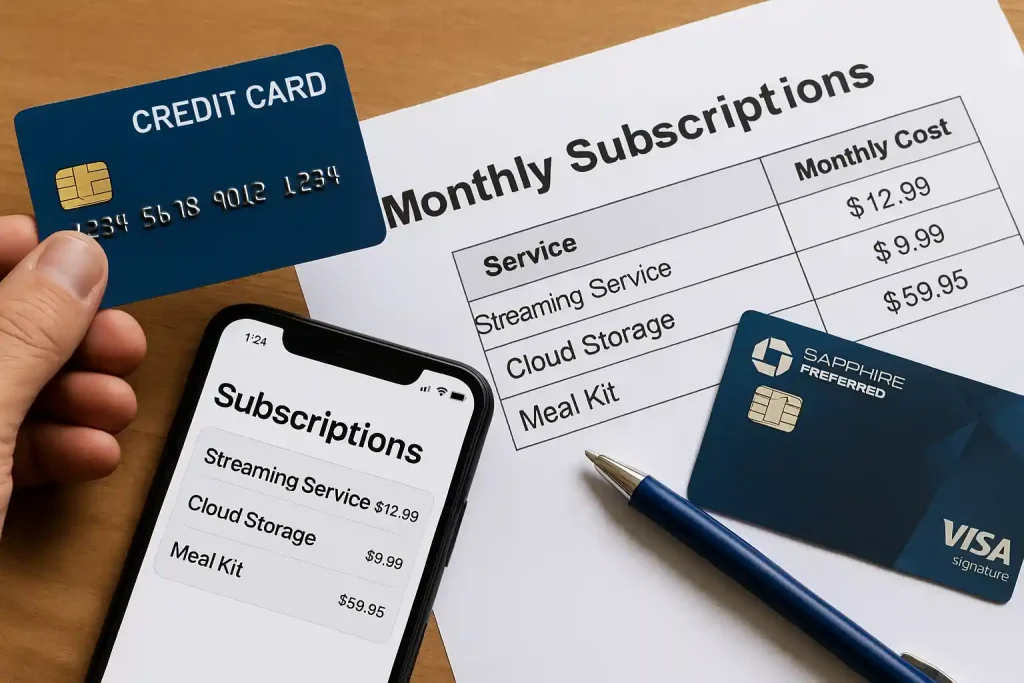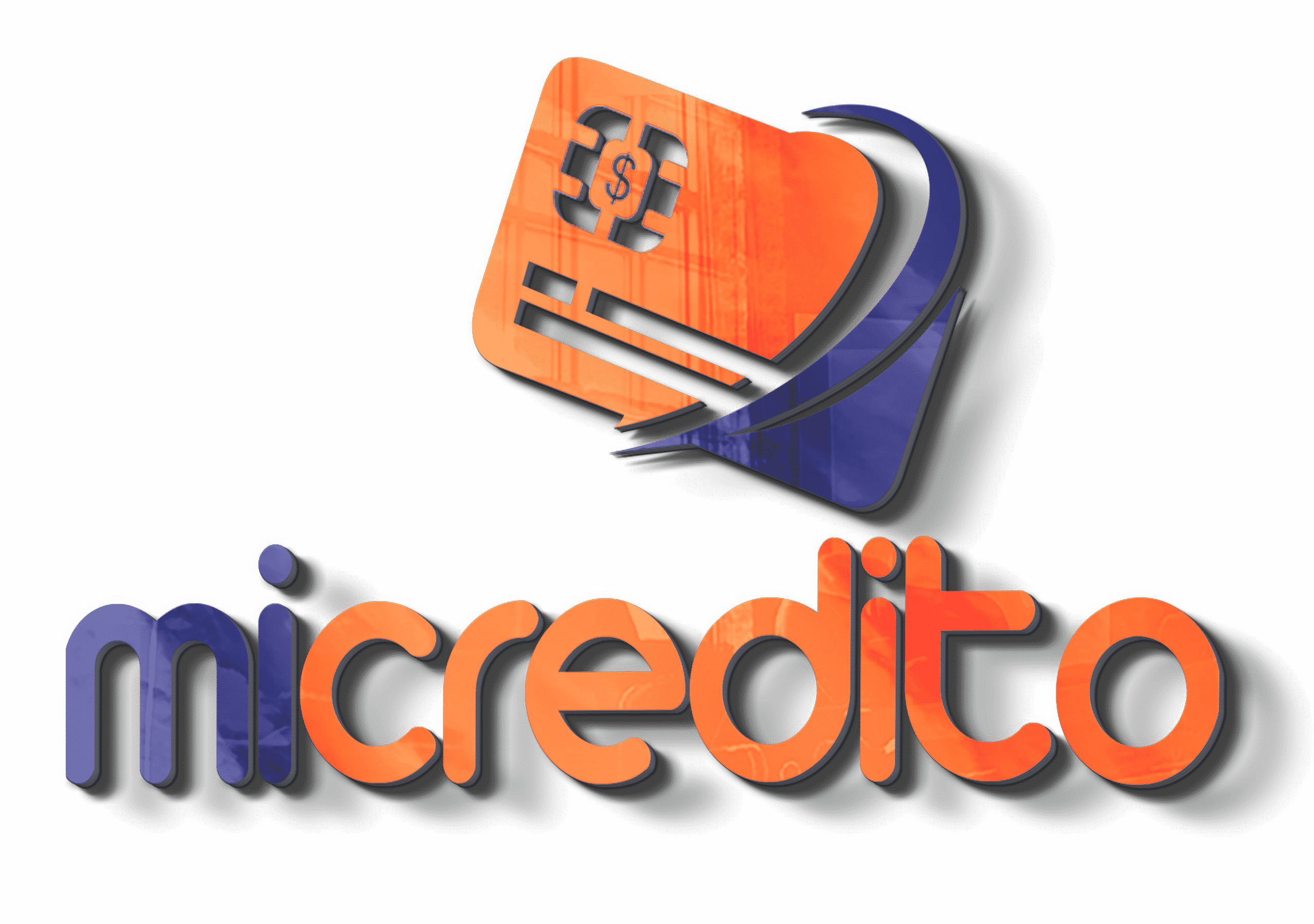The growing number of digital services has made subscription costs a significant part of household budgets in the US. Streaming platforms, online tools, fitness apps, and delivery services now compete for space on monthly statements. In this scenario, credit cards in subscription management have become key tools for consumers looking to track and control these recurring charges with more precision.
Managing subscriptions through a credit card allows users to centralize expenses, making it easier to identify service overlaps or unexpected increases in monthly costs. With a single billing source, financial oversight becomes more accessible, reducing the chances of waste linked to forgotten services.
How credit cards help map and control recurring payments

Most credit card issuers now offer features designed to support credit cards in subscription management. Mobile apps provide real-time notifications whenever a new subscription charge appears. Some banks have added subscription tracking dashboards, highlighting active services and their renewal dates.
This level of visibility helps users spot subscriptions they no longer use. Without tools like these, many consumers continue paying for platforms they signed up for months earlier and forgot to cancel. The growing integration between credit card systems and personal finance apps further expands control possibilities.
Benefits of concentrating subscriptions on a single card
Centralizing all subscriptions on one card simplifies not just tracking but also cash flow management. Aligning due dates allows consumers to predict when each charge will hit the account, avoiding unexpected dips in available balance. Using credit cards in subscription management also makes it easier to compare monthly spending and adjust budgets when needed.
Some cards offer targeted rewards for recurring payments. Cashback or loyalty points on categories like streaming, digital services, or software subscriptions can help reduce the overall impact of these expenses. While not the main reason for choosing this strategy, rewards represent an extra layer of financial return.
How real-time alerts strengthen subscription control
One feature that stands out in credit cards in subscription management is the ability to receive instant alerts when subscription fees are processed. This helps users catch sudden price hikes or unauthorized renewals. Alerts can also signal free trial periods ending, preventing unwanted charges.
For many consumers, these notifications act as a reminder to review ongoing services. Canceling or renegotiating terms becomes easier when information arrives at the right moment. The goal is to avoid passive spending and regain control over fixed costs.
What to consider when choosing a card for subscription management
Before adopting this strategy, it’s important to compare card options carefully. Not all financial institutions offer advanced tools for credit cards in subscription management. Features like expense categorization, subscription filters, and detailed monthly summaries make a difference when managing multiple services.
Evaluating fees, interest rates, reward structures, available tracking tools, mobile app functionality, and customer support quality helps ensure the card fits both the financial profile and the level of control the user expects. Choosing the right card turns subscription management from a time-consuming, error-prone manual task into a structured, efficient, and user-friendly process.





